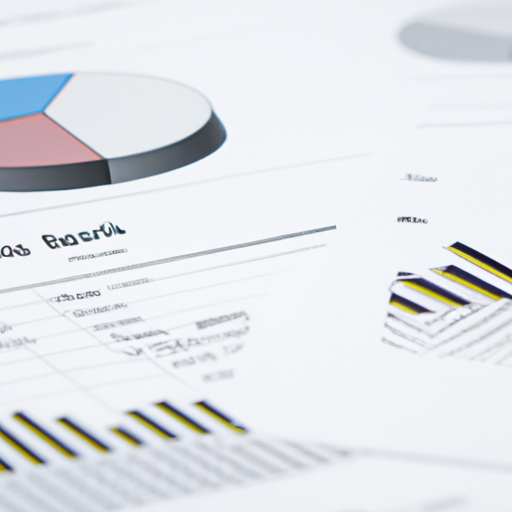When it comes to managing your finances effectively, understanding your bilan comptable is crucial. In this comprehensive guide, we will break down the basics of bilan comptable, explore the key components that make up this financial statement, and provide you with the tools you need to interpret and analyze your bilan comptable for financial success. Whether you're a business owner or an individual looking to improve your financial literacy, this article will give you the knowledge and insight you need to make informed decisions and achieve your financial goals.
- 1. Understanding the Basics of Bilan Comptable: A Comprehensive Guide
- 2. Key Components of a Bilan Comptable: What You Need to Know
- 3. How to Interpret and Analyze Your Bilan Comptable for Financial Success
1. Understanding the Basics of Bilan Comptable: A Comprehensive Guide
Understanding the Basics of Bilan Comptable: A Comprehensive Guide
A bilan comptable, or balance sheet in English, is a crucial financial document that provides a snapshot of a company's financial health at a specific point in time. It is a key tool for investors, creditors, and other stakeholders to assess the company's assets, liabilities, and equity.
The bilan comptable is divided into two main sections: assets and liabilities. Assets represent what the company owns, such as cash, inventory, and property, while liabilities are what the company owes, such as loans, accounts payable, and other obligations. The difference between assets and liabilities is known as equity, which reflects the company's net worth.
Analyzing a bilan comptable can provide valuable insights into a company's financial performance and stability. By comparing the current balance sheet with previous periods, investors can track changes in the company's financial position and make informed decisions about investing in or lending to the company.
In conclusion, understanding the basics of bilan comptable is essential for anyone involved in analyzing a company's financial health. By examining the assets, liabilities, and equity detailed in the balance sheet, stakeholders can gain a comprehensive understanding of the company's financial position and make informed decisions about its future.
2. Key Components of a Bilan Comptable: What You Need to Know
The bilan comptable, or balance sheet, is a crucial financial statement that provides a snapshot of a company's financial health at a specific point in time. Understanding the key components of a bilan comptable is essential for investors, stakeholders, and decision-makers to assess the company's financial position.
The main components of a bilan comptable include assets, liabilities, and equity. Assets represent everything that the company owns, such as cash, inventory, property, and equipment. Liabilities are the company's debts and obligations, including loans, accounts payable, and accrued expenses. Equity, also known as net worth or shareholders' equity, is the difference between the company's assets and liabilities and represents the owner's stake in the business.
Analyzing these components can help stakeholders evaluate the company's liquidity, solvency, and overall financial performance. For example, a high level of assets compared to liabilities may indicate a strong financial position, while a high level of debt relative to equity could signal financial risk.
In conclusion, understanding the key components of a bilan comptable is essential for assessing a company's financial health and making informed decisions. By analyzing assets, liabilities, and equity, stakeholders can gain valuable insights into the company's financial position and make strategic decisions to drive success.
3. How to Interpret and Analyze Your Bilan Comptable for Financial Success
Interpreting and analyzing your bilan comptable is crucial for achieving financial success in your business. This financial statement provides a snapshot of your company's financial health at a specific point in time, showing your assets, liabilities, and equity. By understanding and analyzing your bilan comptable, you can make informed decisions to improve your financial performance and profitability.
One key aspect of interpreting your bilan comptable is to compare it to previous periods to track your company's financial progress over time. Look for trends in your assets, liabilities, and equity to identify areas of improvement or potential risks. For example, if your liabilities are increasing faster than your assets, it may indicate that your business is taking on too much debt.
Analyzing your bilan comptable also involves calculating financial ratios to assess your company's financial health. Common ratios include the current ratio, which measures your company's ability to pay its short-term obligations, and the debt-to-equity ratio, which shows how much debt your company has compared to its equity. By calculating and analyzing these ratios, you can identify areas that need attention and make strategic decisions to improve your financial position.
In conclusion, interpreting and analyzing your bilan comptable is essential for achieving financial success in your business. By understanding the information provided in this financial statement, you can make informed decisions to improve your company's financial performance and profitability. Take the time to review your bilan comptable regularly and seek professional advice if needed to ensure your business's financial health and success.
